Using data from the T2T reference, scientists linked two new genes to changes in brain size and synapse signaling.
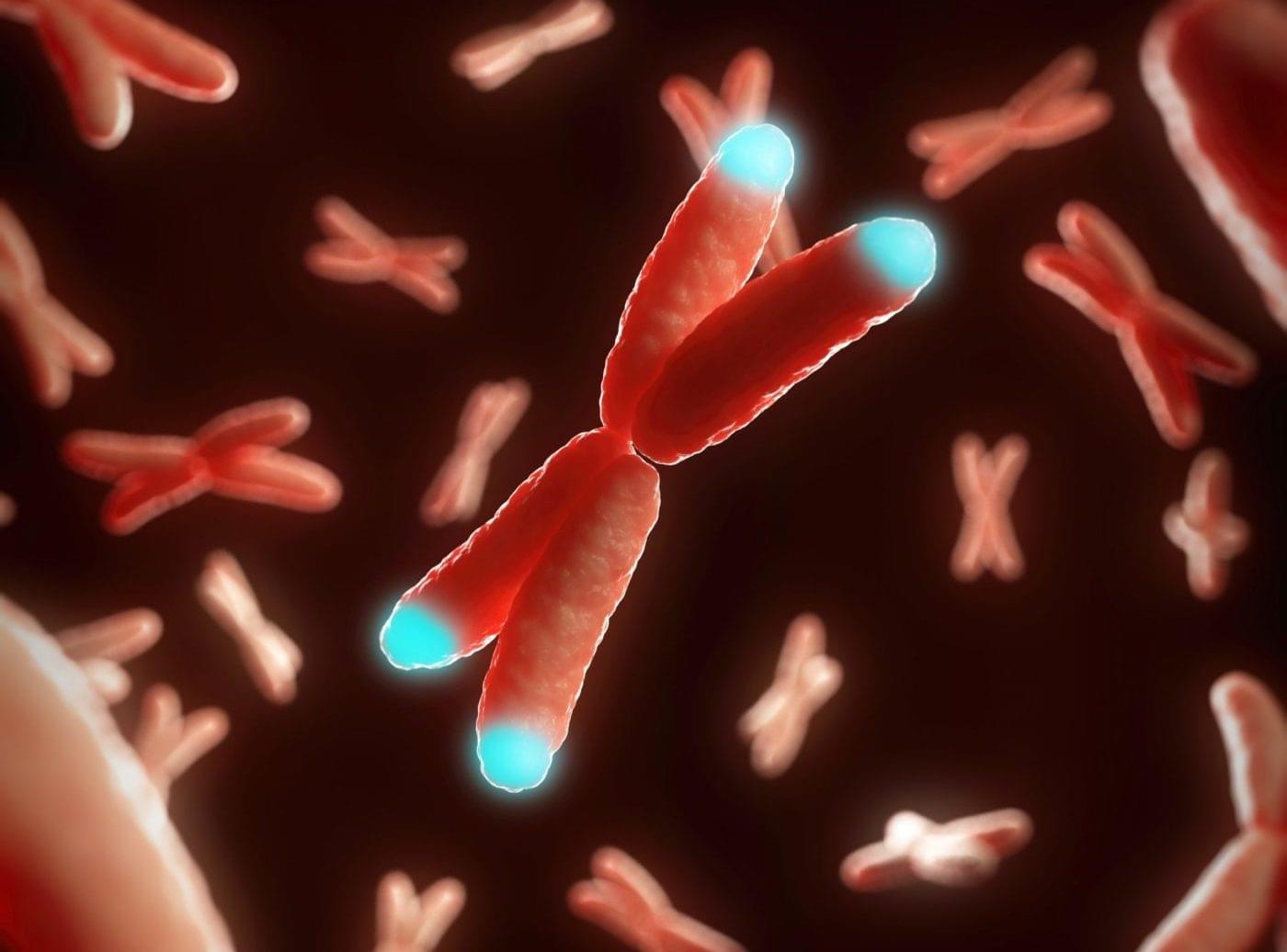



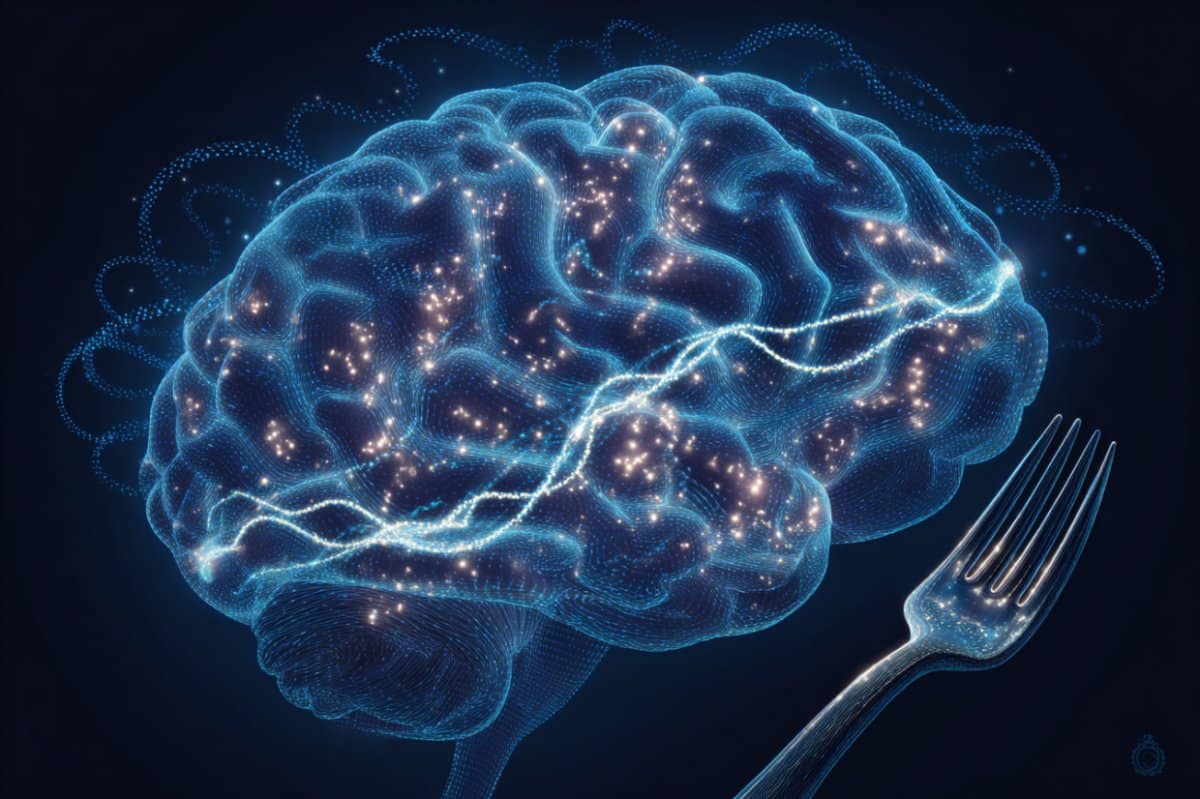

A four-day work week can lead to happier and more productive, dedicated employees, a new global study found.
Workers at companies that instituted a four-day work week—essentially working 80% of their regular hours for the same pay—reported less burnout and better job satisfaction along with improved mental and physical health, researchers report in Nature Human Behavior.
“Across outcomes, the magnitude (of improvement) is larger for the two work-related measures—burnout and job satisfaction—followed by mental health, with the smallest changes reported in physical health,” wrote the research team co-led by Juliet Schor, an economist and sociologist at Boston College.
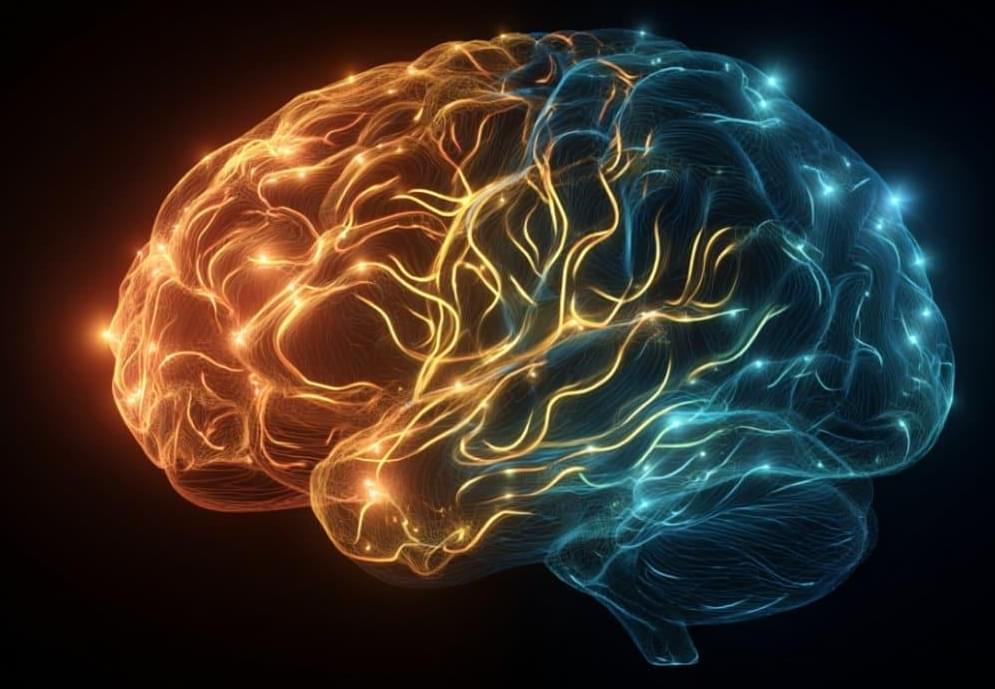
At its core, psychopathy is not simply a matter of bad choices or poor upbringing — growing evidence suggests it has a biological foundation, shaped by the intricate wiring of the human brain.
Now, a new study offers fresh insights into how structural brain connectivity patterns are linked to psychopathic traits and the externalizing behaviors that often accompany them.
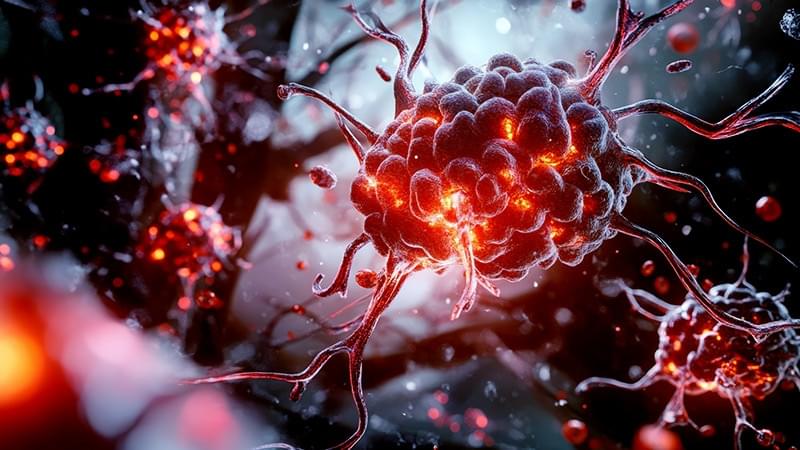
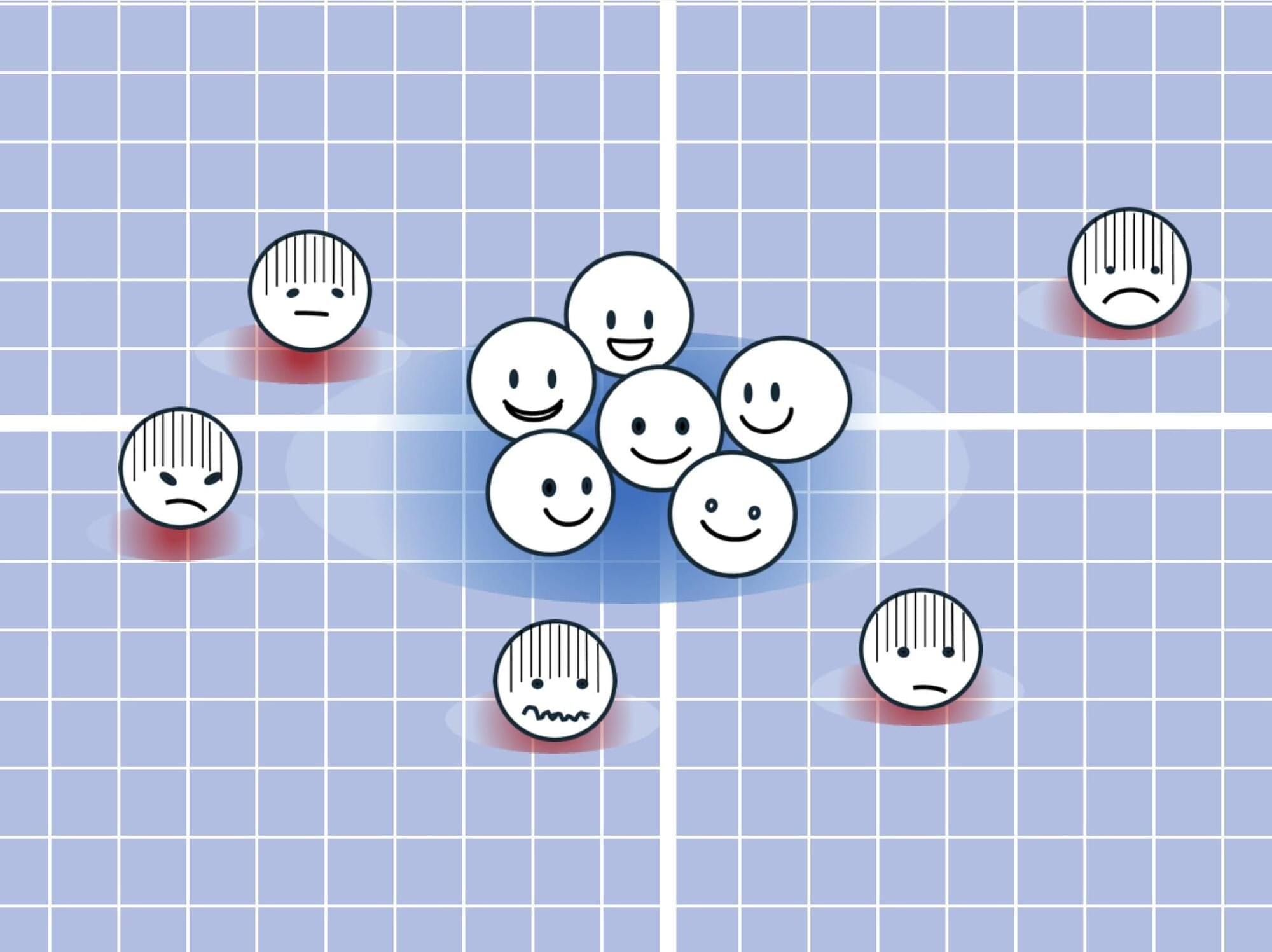
When thinking about future events, optimists’ brains work similarly, while pessimists’ brains show a much larger degree of individuality. The Kobe University finding offers an explanation why optimists are seen as more sociable—they may share a common vision of the future.
Optimists tend to be more satisfied with their social relationships and have wider social networks. Kobe University psychologist Yanagisawa Kuniaki says, “But what is the reason for this? Recent studies showed that the brains of people who occupy central social positions react to stimuli in similar ways. So it may be that people who share a similar attitude toward the future, too, truly envision it similarly in their brains and that this makes it easier for them to understand each other’s perspectives.”
To test this hypothesis, Yanagisawa assembled an interdisciplinary team from both the fields of social psychology and cognitive neuroscience. “The main reason why this question has remained untouched until now is that it exists in a gap between social psychology and neuroscience. However, the intersection of these two fields enabled us to open this black box.”

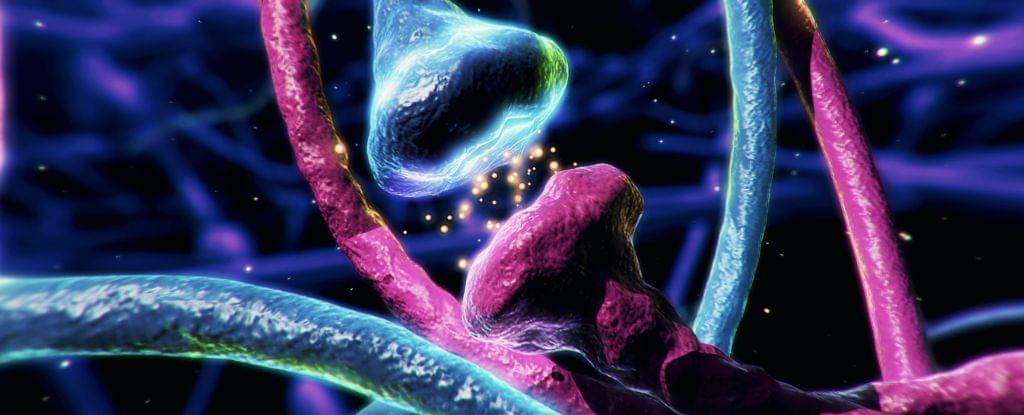
Dopamine is one of the most extensively studied chemical messengers in the human brain, and yet scientists are still figuring out how it works to accomplish so much.
For years, the classic view has been that, when released, dopamine slowly diffuses through the brain like a chemical megaphone, broadcasting information far and wide to numerous target cells.
Recently, however, that perspective has changed. Newer research suggests that dopamine is also capable of short, sharp whispers, precisely directed within milliseconds to neighboring cells.